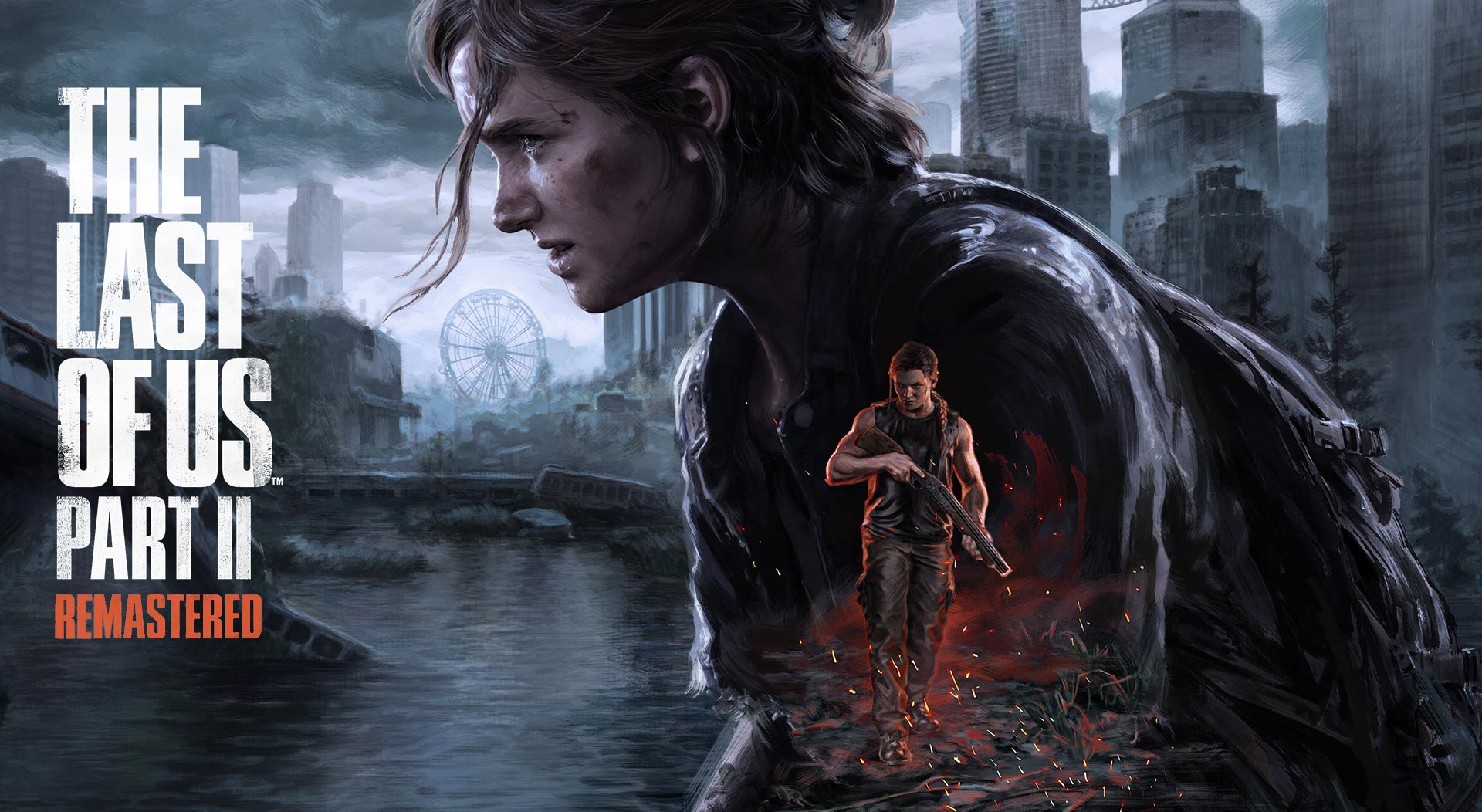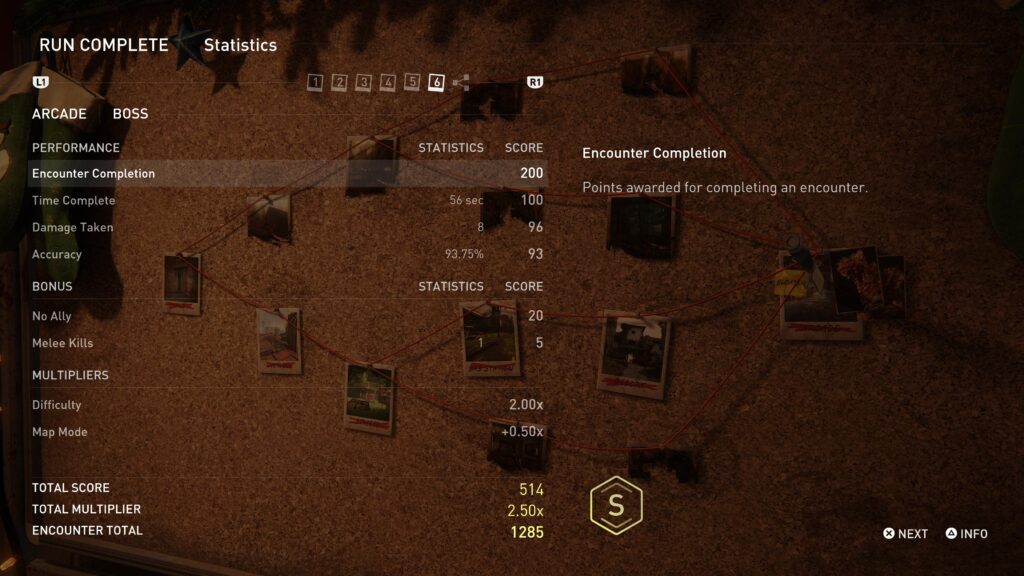

The Last of Us is having a moment right now. The second season of the HBO adaptation, based on the initial hours of 2020’s The Last of Us Part II, released its premiere only a few days ago at time of writing, so plenty of people – game fans and show fans alike – are back to discussing and theorising about Ellie, Joel, Abby and the plot points kept and changed across mediums. The HBO adaptation is largely defined, at least for long-time fans of the game like me – by how it changes the story and overall experience by removing the interactive component, leaving only the traditionally presented narrative. I respect how they’ve done it and think it works incredibly well at bringing the story to non-gamers. I do feel a little something can be lost when you don’t get to enjoy the way character development can translate into gameplay (primarily in how Ellie becomes more useful in combat as the story of The Last of Us Part I progresses), but I’d never want the series to not exist just for being different, when it offers such a well-made take on the tale with just enough changes to make it interesting.
Along with the show, The Last of Us Part II: Remastered has just dropped on PC, continuing the game story for a lot of players without a PS4 or PS5 and bringing the additional features of the Remastered PS5 release. But perhaps most important of all to this article, the Remastered-exclusive No Return mode has received a content update, bringing new characters, locations, I thought it might be fun to celebrate the moment by highlighting the variety in The Last of Us and reviewing No Return, the most major example of the franchise going in the complete opposite direction to the show by stripping the narrative elements out entirely, in favour of a purely gameplay-driven experience.
Asset Reuse – Sometimes It’s Glorious
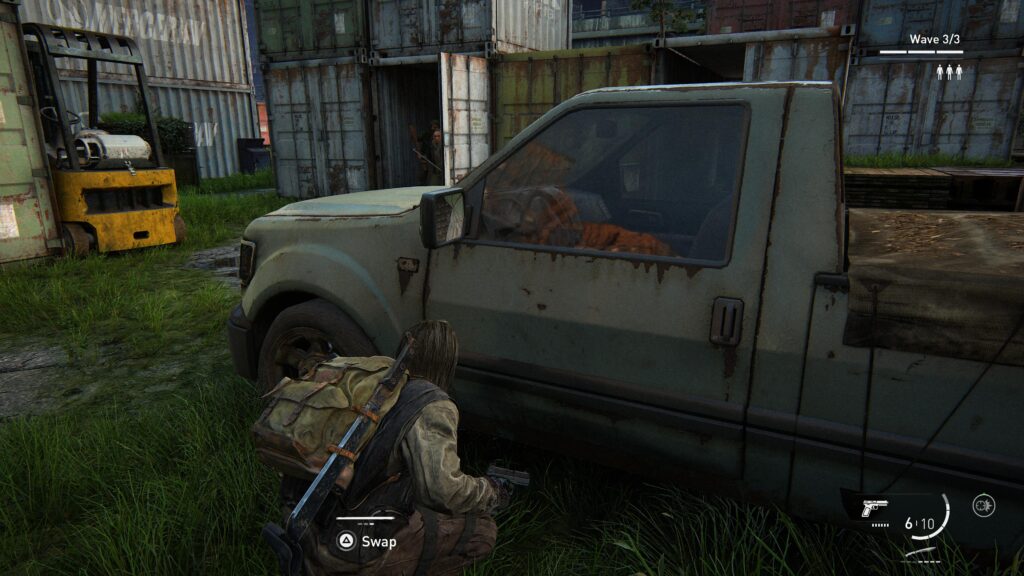
No Return, a mode included in The Last of Us Part II Remastered, is a full-blown rogue-like and a frankly insane example of what can happen when a developer so dedicated to a nuanced and complex video game narrative chooses to throw that aside entirely to make a pure, relentlessly tense and violent action game. Every character from the game who was either playable or at least featured in a “combat NPC” role is fully playable here (this is made most clear by the omission of Owen, a character who despite being canonically important and a capable soldier never becomes involved in a fight during the events of the narrative), and the wide variety of guns, melee weapons, craftable items, weapon modifications, ability upgrades, etc. from across the main campaign are brought in to give No Return and its playable roster as much variety as Naughty Dog can muster under a more limited budget. Then they went even further with Modifiers, which honestly do actually have a ramshackle fan-modder vibe to them, as a variety of the game’s mechanics are deployed in creative ways to shake up rounds even further. There are minor things like gaining speed on the use of a health kit or being able to use long guns, but then there are the brilliantly silly things like Molotov cocktails falling from the sky or the many filters available in the game’s photo mode being forced on you to obscure your vision. It’s The Last of Us at its most gamey, and it’s a lot to chew on. There are additional mechanics included, like optional objectives (called Gambits here), Dead Drops (give up items during a round to receive potentially more useful permanent equipment upon victory), and an equipment shop, critical for keeping up with those increased enemy counts.
Combat is Queen
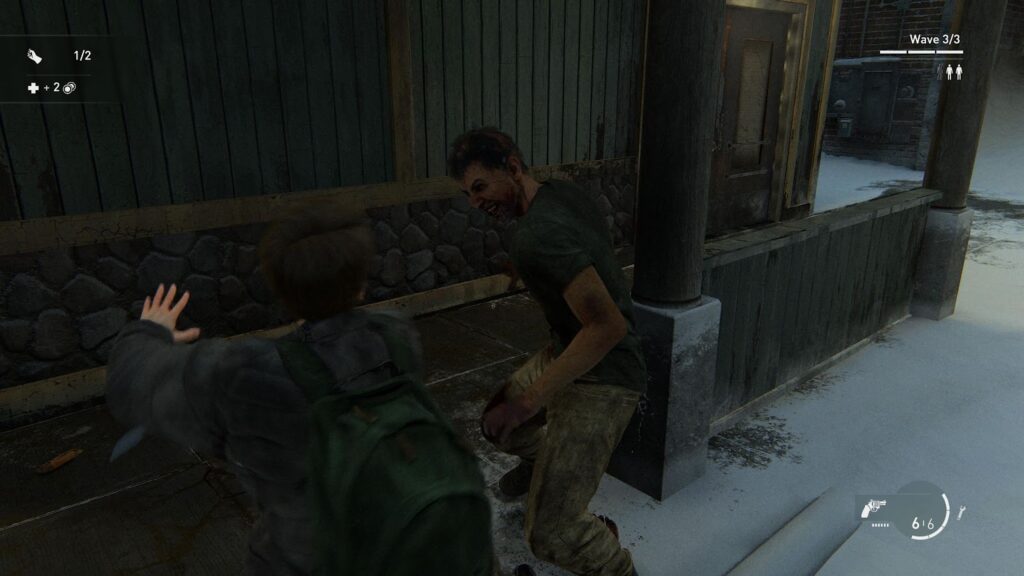
Of course, all of this works well for a very simple reason – The Last of Us Part II has probably the best third-person shooter gameplay system ever. There are other contenders for this title – Metal Gear Solid V: The Phantom Pain has a more robust stealth system and item selection, and the remake of Resident Evil 4 takes the game that invented the over-the-shoulder TPS genre and improves upon it even further with parrying and knife durability – but Part II’s ability to mix responsive, satisfying gameplay with surprisingly realistic animations has not yet been topped. No Return lets you take this combat system and go wild with it, getting to truly enjoy its many options in ways you can’t always do in the campaign – at least at the higher difficulties, where crafting materials and ammo are at more of a premium than they are in No Return. I adore the main campaign of TLOUII, but I certainly can’t throw as many pipe bombs or shoot as many explosive arrows as No Return allows me to. This is the beauty of the rogue-like format – while some get turned off by losing their progress on death, the fact that you don’t have to worry about conserving ammo and resources for battles to come hours later brings a sense of freedom and experimentation that’s really appreciated. You should still be smart, though, because…
Oh, You’ll Be Returning, A Lot
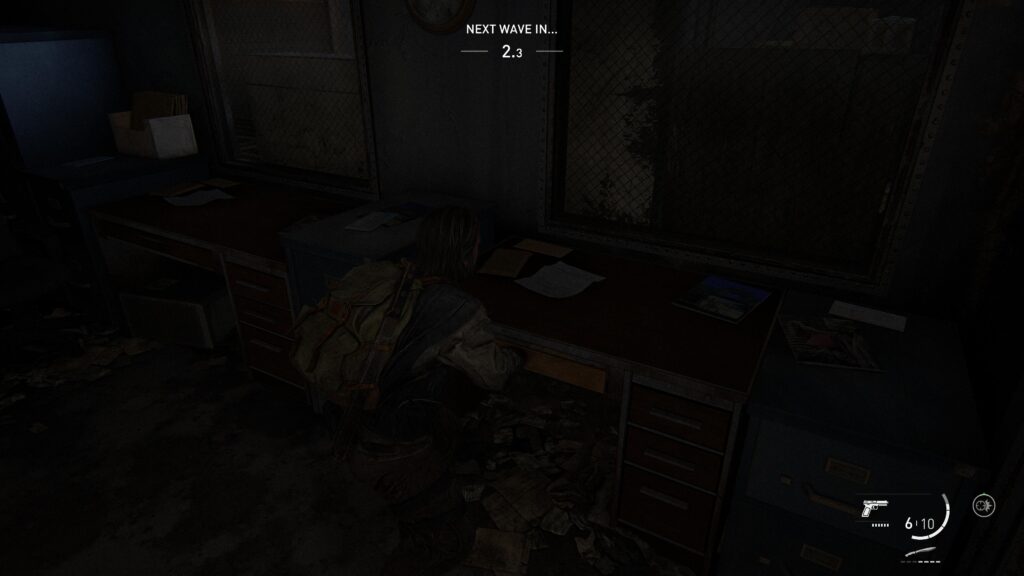
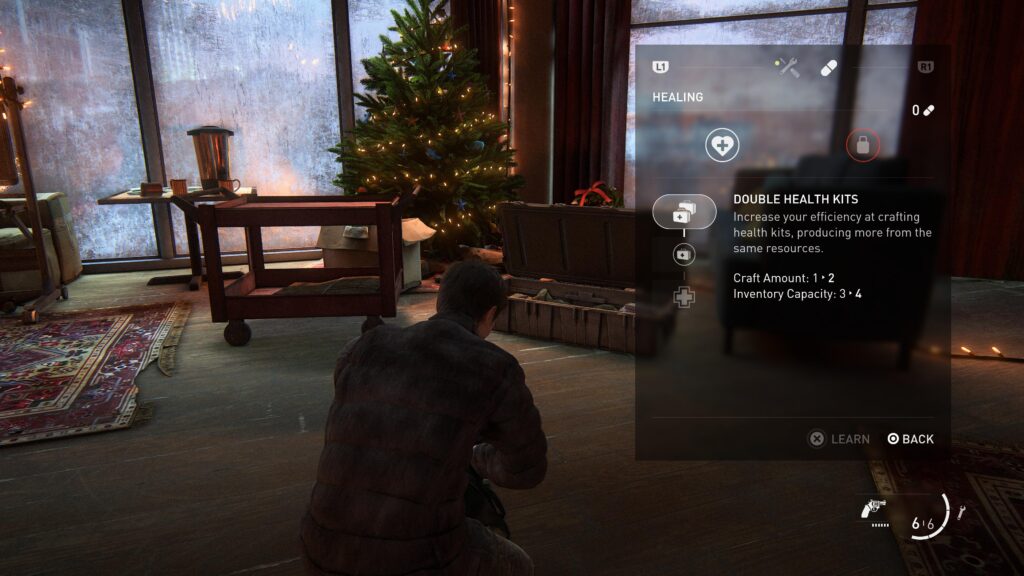
… No Return is hard as hell. You’re given more freedom than the base game, but the developers make up for that by throwing all they have at you and your unfortunate character. Bullets, arrows, attack dogs, monsters – they’re all coming for you and your neck, and the only way to survive is to get them first. It was only while writing this article, over a year after the original release of Part II Remastered, that I finally managed to actually complete a run – in my defense, I stubbornly refused to play below Survivor (second-hardest) difficulty, but it still says a lot about how brutal the game is. In Survivor, a couple of melee hits can drop you right at the start, and being in the open against gunner enemies is just asking for being stun-locked to death… but damn it, when you’re playing well there’s no rush quite like it. Dancing and dodging around enemy melee attacks as you return in kind. Landing a perfect headshot just before a Clicker gets in range. Successfully stealth-killing a dangerous enemy, knowing you’ve saved a bomb or bullet for when it’s truly needed. This is why I’m writing this review – to let you all know that there’s an incredible way to plumb the depths of one of the best combat systems ever. You need to keep the violence in mind, though. This won’t be news to anyone who’s played the game before or even looked at the age rating on the front of the box, but The Last of Us Part II is and always has been a realistically violent game. Dismemberment, burn injuries and true-to-life gunshot wounds are the order of the day.
Characters and Round Types
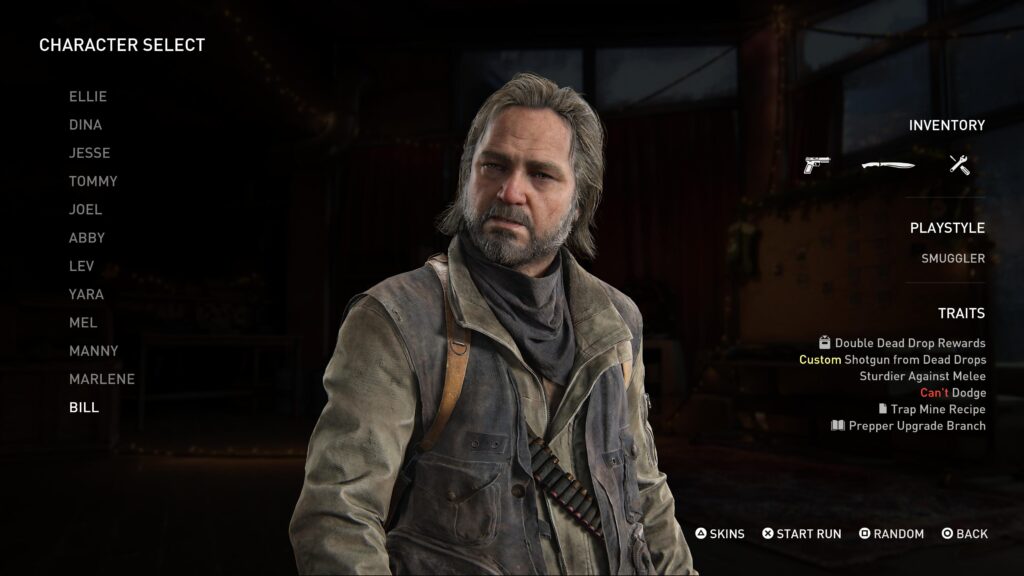
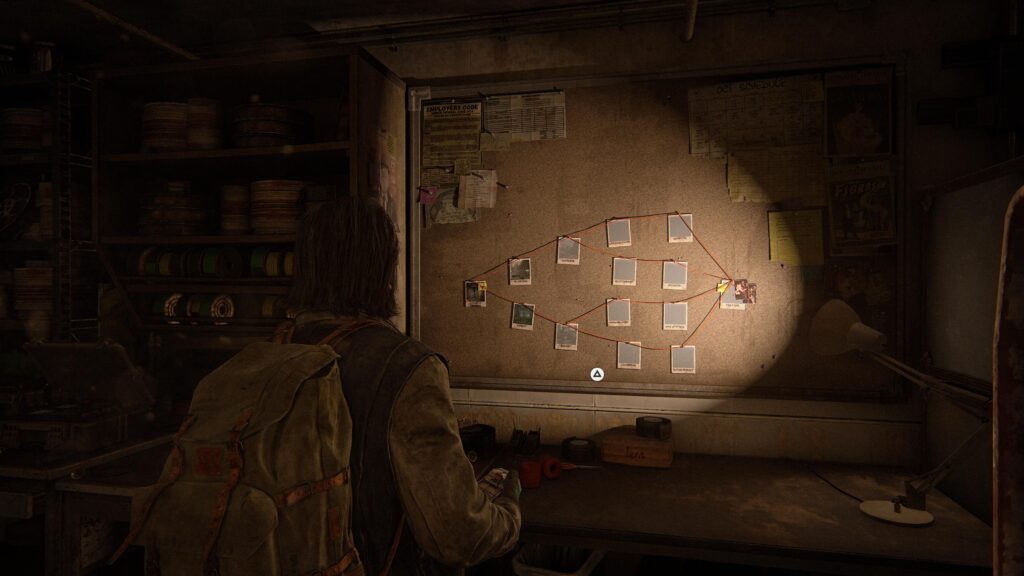
The multiple characters here are differentiated by a few things. Firstly, most are built around being either knife-users like Ellie or fist-fighters like Abby – Joel, Tommy, and Bill even take the latter further by being unable to dodge, making up for their sluggishness with higher melee defences and exclusive guns. Secondly, as I just alluded, their equipment is different – not just starting weaponry and passive upgrade trees, but also available weapons and equipment in the shop, and innate capabilities like finding more currency, gaining health upon melee kills, or having a permanent NPC partner. Most of my recent gameplay has been as Mel, who (as a medic in the story) is focused heavily on health kits – she finds more of the required alcohol and rags, can craft more kits and use them efficiently, and gains a speed boost after using one. That said, alcohol and bandages are also the ingredients for Molotov cocktails, making finding the Molotov recipe as Mel especially fun.
Rounds are also split up into various kinds – the basic Assault pits you against waves of enemies, Hunted sees enemies constantly spawn as you try to keep up with them, Capture demands you open a guarded safe while imposing a strict time limit, and Holdout tasks you with protecting an NPC partner against a Hunted-style spawning wave. WLF, Seraphites and Infected serve as enemy factions for most of these (Holdout is always Infected, and there are no mixed options, unfortunately), and you’ll probably find that they vary in difficulty – Assault is pretty simple while Holdout is an absolute nightmare. Then there are the run-ending (in both senses…) Boss fights, which I’ll let you “enjoy” for yourself. This all takes place across a large number of different locations from the main game, re-jiggered in certain ways to serve as complex battlegrounds. Adding to all this was the recent update I mentioned earlier – four new maps and several new trophies were added, but more importantly, they brought in Part I characters Bill and Marlene. With important unique abilities like double rewards from Dead Drops or greater control over the types of Rounds you’re forced to complete, they bring even more variety to No Return – for free!
Clashes In Tone
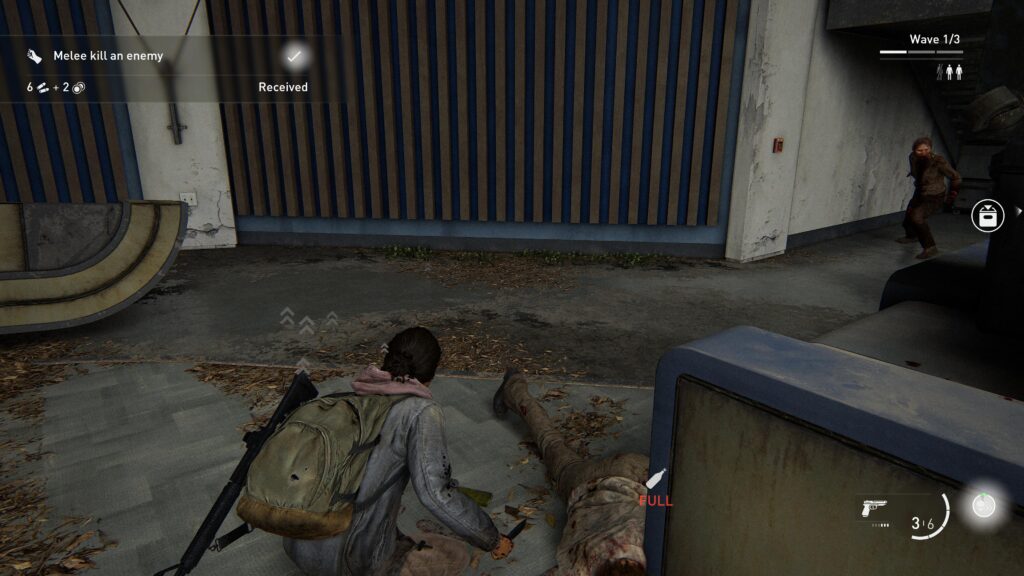
The only potential negative I can really think of with No Return won’t matter to most people – I myself can look past it – but I do think it’s worth bringing up, and that’s the tonal clash you can sometimes feel. The Last of Us Part II is a masterwork that’s all about cycles of violence, the cost of retribution and how an insistence on claiming seemingly-justified revenge puts too many undeserving people in the crossfire. The absolutely gruesome violence on display is all about shoving the consequences of these kinds of revenge quests in front of the player to make them take it seriously. No Return’s abandonment of all narrative conceits in favour of pure gameplay results in this violence being kept around and displayed without context – opponents screaming out in physical or emotional pain, bodies being ripped apart or roasted alive, it all starts to feel like it’s meant to be more entertaining than it is. This isn’t entirely new to No Return – going back to TLOUII’s release in 2020, or even the gameplay reveal in 2018, people were discussing the irony of a game about the horrible and unintended consequences of violent revenge having one of the most “fun” combat systems ever seen. No Return is, in a lot of ways, Naughty Dog accepting the positive reception to their combat system and giving into the temptation to let people enjoy something that arguably wasn’t supposed to be “enjoyed”. Was this a good idea? Despite the entire preceding paragraph, I think it was – but it really is just because the game is that fun, and you may need to turn off that “critical analysis” part of your brain and just not think about what I’ve written above. Appreciate The Last of Us Part II as a complex interactive rumination of cycles of revenge, and No Return as an exhilarating, skill-testing bloodbath. If you can’t do that, the mode may well not be your thing.
You may also be turned off by the lack of narrative itself in the mode – certain recent releases like Supergiant Games’ Hades franchise or the other recent free Sony PlayStation first-party exclusive rogue-like DLC (insert Dr Doofenschmirtz two nickels meme here), God of War Ragnarok: Valhalla, have advanced the genre by managing to weave shockingly compelling narratives into the “infinite runs” setup of the genre, raising expectations for other rogue-likes. But I’d ask you to keep in mind – those games are fantasy titles (both at least partly centred on Greek mythology at that, Doofenshmirtz strikes again), both having the freedom to explain the death and rebirth inherent to the genre with “magic”. There was no scenario where No Return was going to have a narrative that made sense and was consistent with the central story of The Last of Us Part II. The only other option was it simply not existing at all, and I’m glad it’s here.
Conclusions
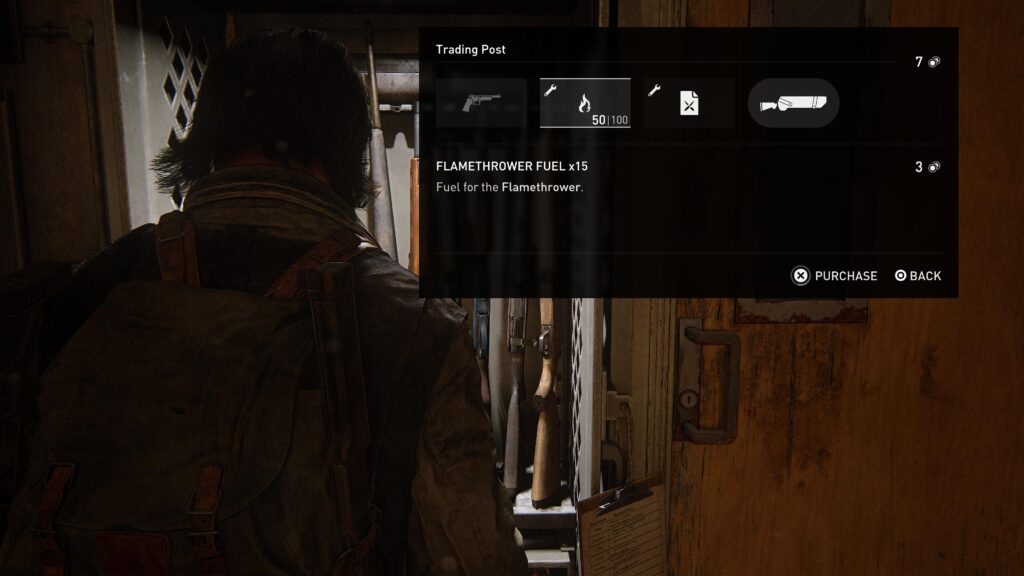
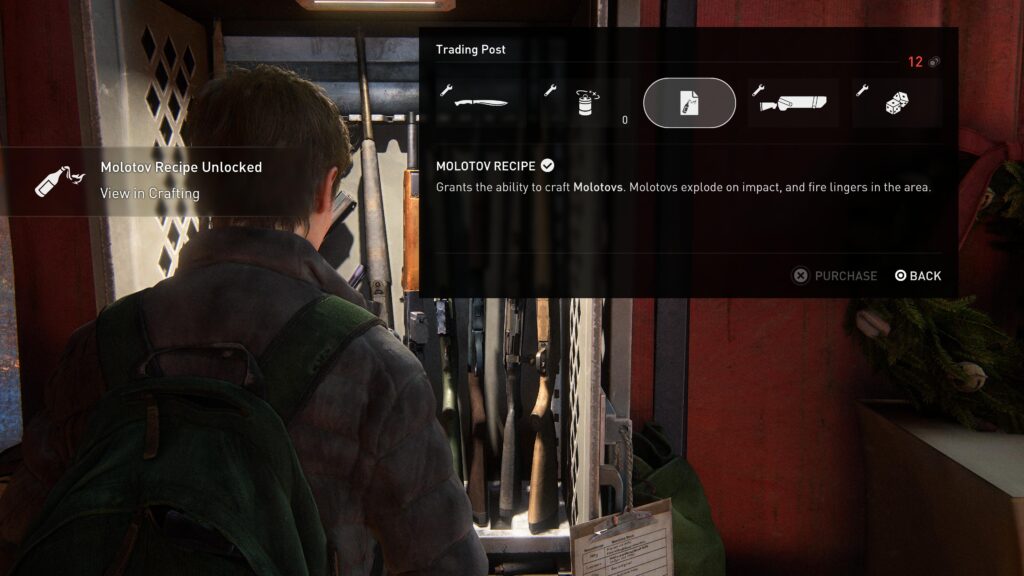
My conclusion is, play No Return. It’s very affordable – $15 if you own the original PS4 game, and even if not, I’d still recommend The Last of Us Part II Remastered at full price on its own. As long as you’re not phased by the issues of tone and narrative I’ve detailed above, this might be one of the best rogue-likes ever. It’s especially interesting to see a genre that tends to be populated with stylistic indies get such a realistic, “AAA” implementation (Valhalla also being a good example of this), and I think it’s a concept more developers should be tackling. So many action games contain almost everything needed to build some kind of rogue-like mode, so long as they’re fine with abandoning story, and they can be great ways to let players enjoy the combat systems they’ve sunk so much hard work into in a new context.
You even get to play Daily Runs. With an online leaderboard. Don’t you want to prove how good you are?
